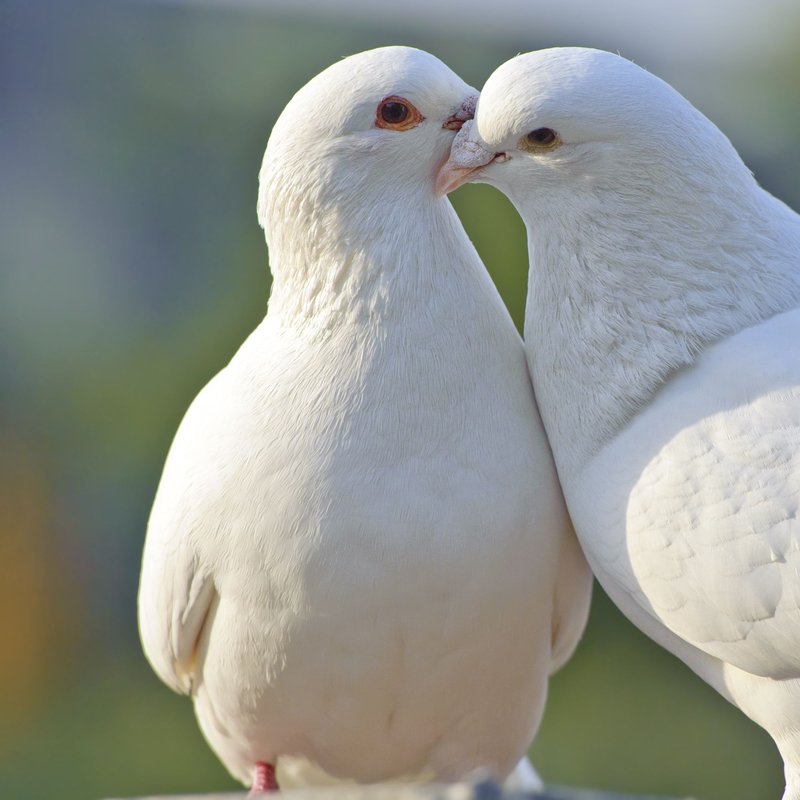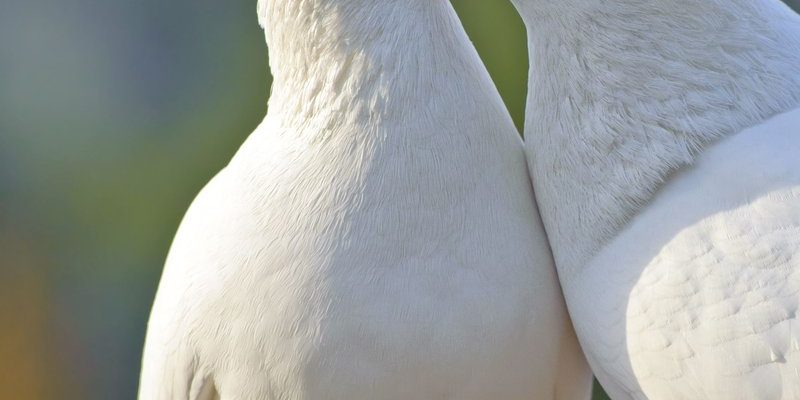
Before diving into the nitty-gritty, it’s good to remember that doves are social creatures. They thrive on companionship, so having a pair is often ideal. But what happens when you want to make it a trio? Here’s the thing: introducing a new dove isn’t just about plopping the new arrival into the cage and hoping for harmony. It requires a thoughtful approach to ensure everyone gets along.
Understanding Dove Social Dynamics
Doves are naturally social, and their interactions can be fascinating to observe. When you think about a pair of doves already established in a home, they’re like a couple who has developed their own routines and communication methods. Adding another dove to the mix is like inserting a new character into a story that’s already well underway. You want to make sure that the new dove fits naturally into this existing narrative.
Here’s the deal: each dove has its personality. Some are more social and welcoming, while others might be more reserved or protective of their space. When introducing a new dove, you’ll want to consider the personalities of all three birds. If the established pair is particularly close, the introduction might take more time and patience.
Assessing Compatibility
Before you bring the new dove home, it’s crucial to assess whether the pair you currently have can accommodate another bird. Think about their temperament, age, and even species. If the two existing doves are particularly young and playful, they might welcome a younger companion more easily than an older, timid dove.
You might also find that the sex of the new dove matters. Often, keeping the same sex can help avoid territorial squabbles. Conversely, if you’re looking to breed, introducing a male to a female might be ideal, but this can add its own set of challenges.
Preparing for the Introduction
Preparation is key when it comes to introducing a new dove. You wouldn’t invite guests over without cleaning the house a bit, right? Similarly, your doves’ living space needs to be ready for this new dynamic. Start by setting up a separate cage for the new dove, ideally close to but not in the same cage as the existing pair. This setup allows everyone to see and hear each other without direct contact, making it a less stressful environment.
Make sure the new dove has everything it needs, from food and water to perches and toys. This way, it can feel comfortable in its new space while adjusting to the sounds and sights of its future companions. You want to create a peaceful atmosphere that encourages curiosity rather than aggression.
Introduce Slowly
Now that the space is prepared, it’s time to start the introduction process. Here’s where patience comes into play. Begin by allowing the existing doves to see the new one without any direct interaction. You can do this by placing the new dove’s cage next to theirs. Spend some time observing their reactions. You’re looking for signs of curiosity or aggression. If they seem interested, that’s a great sign!
Next, you can allow them short, supervised interactions. Use a safe space where they can be out of their cages for a few minutes at a time. Watch closely how they behave around each other. If there’s any aggressive behavior, separate them immediately and try again later—perhaps after a few more days of cage-side introductions.
Watching for Signs of Stress
During the introduction, pay close attention to each dove’s body language. You’ll want to look for signs of stress or discomfort. A dove that’s puffing up its feathers, backing away, or even showing aggression needs to be separated. It’s essential to respect their feelings and take a step back if they seem overwhelmed.
Here are some common signs of stress to look for:
- Puffed-up feathers
- Frequent squawking
- Crouching or hiding
- Avoiding eye contact
If you notice these behaviors, it’s time to give them a break. The introduction process can take days or even weeks, but rushing it can lead to serious issues among your doves.
Facilitating Positive Interactions
To encourage positive interactions, consider offering treats or toys when they are together. Positive reinforcement can go a long way in helping them form a bond. When they engage in friendly behaviors—like preening one another or sharing space—make sure to praise them. Doves respond well to kindness, and building these positive associations can help solidify their new relationship.
You might even want to recreate some of their favorite activities. If your existing doves enjoy a particular toy, having a similar one for the new dove can create a sense of familiarity. The more comfortable they feel, the easier it will be for them to bond.
Integrating the New Dove into the Flock
Once you feel confident that all doves are getting along well during supervised interactions, it might be time to integrate them fully. However, this doesn’t mean forcing them into a single cage right away. Start by allowing them to share their space but still maintain their separate cages. This way, they can choose to be together or apart, which can help ease any remaining tensions.
Monitor their behavior closely during this integration time. Look for signs that they’re truly comfortable with one another and are starting to form a flock bond. A harmonious trio can become a beautiful thing to witness, but it does take time to develop.
Maintaining Peace in Your Dove Family
Once your doves are fully integrated, it’s essential to continue fostering a peaceful environment. Ensure they have enough resources—food, water, and space—so they don’t feel threatened or competitive. Regularly check in on their interactions to ensure everything remains harmonious.
If any issues arise, don’t hesitate to go back to revisiting the earlier stages of the introduction. It’s all about patience and respect for their process. Remember, each dove has its own personality and comfort levels.
Concluding Thoughts
Introducing a new dove to an existing pair can feel daunting, but it’s all about taking it step by step. With the right preparation and a little bit of patience, you can create a peaceful home for your feathered friends. Just remember to pay attention to their signals, provide lots of love and encouragement, and take your time.
With effort and understanding, you can create a flock that thrives together—truly a beautiful thing to witness in your own home. Happy tweeting!

